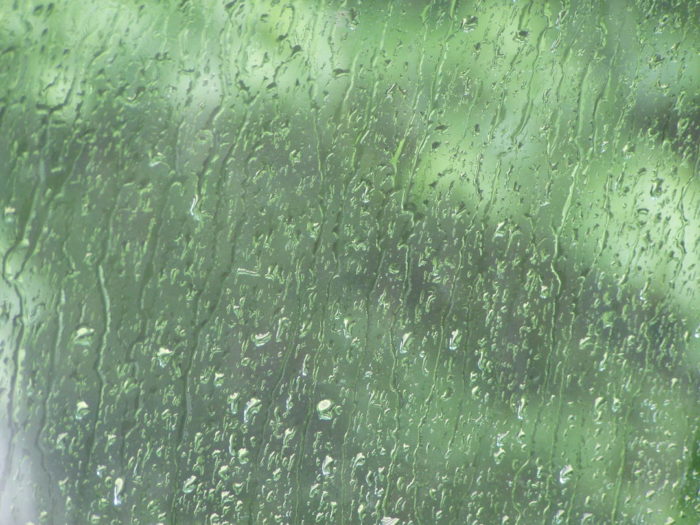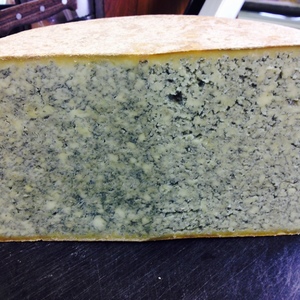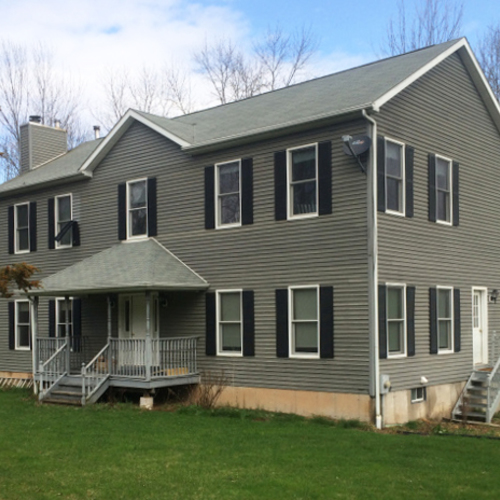
Mold and moisture issues are a common motivation for homeowners to give us a ring. There’s condensation on the windows and water dripping into the window box. One homeowner described how if she opened her front door during the winter, the glass panes on the storm door would fog up within 10 or 12 seconds.
Structural issues in the house, like dirt floors in the basement, sometimes cause these problems. But often the problems are caused by occupant behavior.
Weekly Newsletter
Get building science and energy efficiency advice, plus special offers, in your inbox.
Energy audits and water sports
One of my original audit instructors called this ‘water sports.’ These are homeowner activities or building features that add a load of moisture into the building enclosure.
These problems include inadvertent issues — for example, a bathroom exhaust fan or a dryer that is vented into the house. Or the problems can stem from integral features of the house, like a jacuzzi, a hot tub, or an infinite pool. Or the problems can be due to habits and hobbies like taking long showers, cooking a great deal (boiling water), storing firewood indoors, owning lots of plants, or keeping an aquarium.
Mold, molder, moldest
Mold is one of those black triple-X no-no’s that is bound to spook most homeowners. It’s the harbinger of many other problems: wood rot, ants, blue cheese dressing … oh, the horror. Over the last couple of decades, mold has catapulted higher up most homeowners’ problem lists, for a few reasons.
Joseph Lstiburek of the Building Science Corporation wrote a great article a few years back detailing the reasons for our current mold explosion (so I don’t have to!).
Modern houses use processed materials like OSB and engineered I-joists that have a much lower capacity to absorb excess moisture than older materials like solid wood. These materials are easier for mold to eat. Lastly, houses are much tighter and require less heat, limiting drying potential.
One other tremendous change has been in how people introduce water and humidity into the building. Unlike some big breezy Maine farmhouse heated with 8 cords of firewood dry blasting out the building, a tight modern house is much more susceptible to moisture and your personal water sports.
Mold is a water issue
A recent audit customer called because they were having condensation and mold crop up everywhere in the house. Opening the front door was like walking into a greenhouse. The relative humidity was over 70%. Many of the windows were fogged up on a relatively temperate day. If one opened the kitchen door, the glass on the storm door steamed up almost instantly. It was pretty damp.
It took all of three minutes to discover the source of the humidity. The homeowner and his wife loved fish and had at least 15 aquariums. They had several open tanks in the house, both saltwater and fresh water, with a menagerie of sea life. It was also clear from the passion with which they spoke of their aquatic buddies that this hobby was an integral part of their home life. Eliminating that source of moisture was not an option. So what to do?
How does one reconcile what a homeowner wants with what building science dictates? After discussing some options, they were open to making one room a dedicated ‘fish room’ with some ventilation and environmental controls.
Mold in homes is a function of moisture and the capacity of a house to handle that moisture. If you’re having problems with mold, look for the source of the moisture. If you reduce your water sports, you’ll reduce mold issues.
Erik North, the owner of Free Energy Maine, is an energy auditor and home performance specialist in Westbrook, Maine. He is also the author of the Energy Auditing Blog.















2 Comments
Another important variable in the equation...
Nice article, Erik. Moisture absolutely should be the starting point of discussions about mold, but there's another very important variable you didn't mention here: temperature. Keep the surface temperatures warm, and the potential for sorption and mold growth are much lower. In fact, cold surfaces can grow mold even when the indoor relative humidity seems OK because the closer you get to the cold surface, the higher the actual RH is.
Check for blocked combustion vent
One more possible moisture source: I suggest making sure that natural draft furnaces/boilers/water heaters don't have blocked chimneys/vents. These devices produce a lot of water vapor when firing. If the exhaust goes into the house instead of out the chimney it's a potential carbon monoxide problem as well as a moisture problem. Sometimes the moisture problem is the first clue that the combustion gases aren't getting exhausted outdoors. One more reason for doing combustion safety testing on natural draft appliances.
I pulled a dead pigeon out of the draft hood of a furnace once. Birds sometimes perch at the top of chimneys, then fall into the chimney. Squirrels and racoons can also block vents, but proper chimney caps can help keep critters out.
Log in or create an account to post a comment.
Sign up Log in